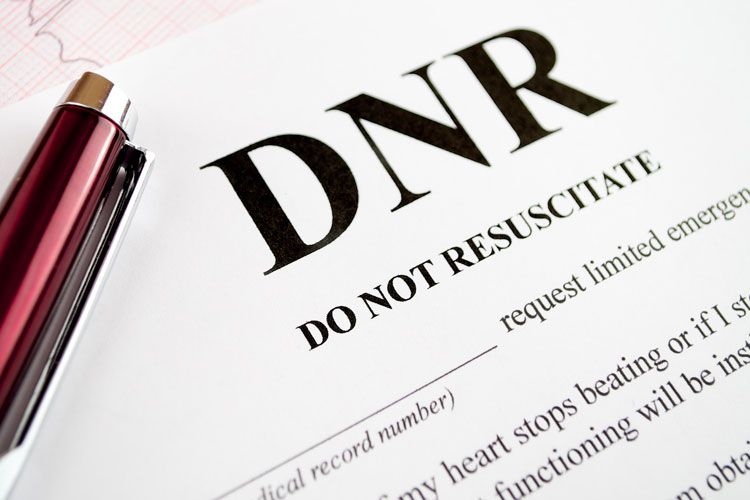The Five Types Of End-Of-Life Housing And Care
There are many different options for end-of-life housing and care arrangements, with the primary differences being in the amount of care offered by the different types of facilities and arrangements.

Evaluating Your Current Situation
When thinking about where to live at the end of life, it’s important to be honest about the situation you face. While it may be difficult to admit that you can no longer manage certain aspects of daily living on your own, you and your family will ultimately be better off if you choose a housing option that actually meets your needs. Once you've figured out how you want to live, you're ready to evaluate the different housing options and begin to visit and interview the specific residences in the location you've chosen.
Housing Options
In general, the main difference in these housing options is the amount of care offered, both in terms of medical care and help that the housing option provides in terms of the basic activities of daily life. While some housing options offer round-the-clock medical assistance, others are geared toward more independent and able-bodied residents, and offer more minimal care, such as medication dispensing.
The main housing options for end-of-life care are:
- Assisted living
- In-home care
- Nursing home, or skilled nursing
- Hospice care
- Palliative care
- Trusts Cheat SheetTrust us when we say this is as basic as we can make Trusts.Read more
- All You Need To Know About Advance DirectivesWhen you can’t make health decisions for yourself, this is the north star...Read more
- How To Create A Do Not Resuscitate Order (DNR)A DNR is a medical order that states you don't want cardiopulmonary...Read more
- How Organ Donation WorksIf the person who died was a registered organ donor, measures will be taken...Read more



